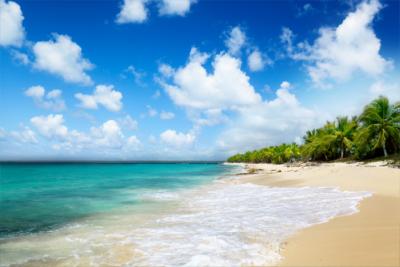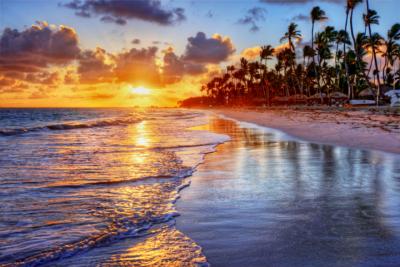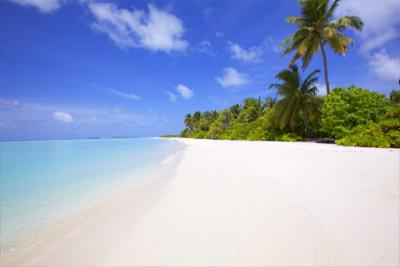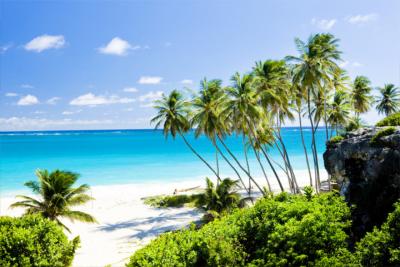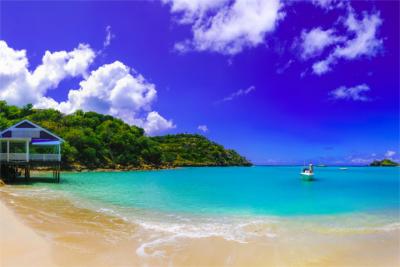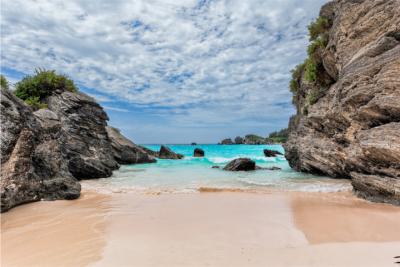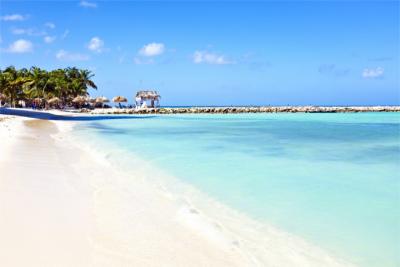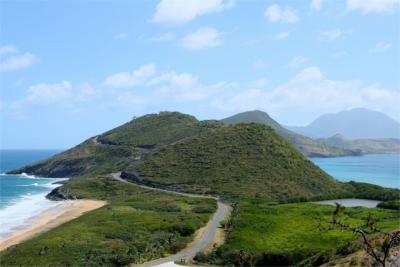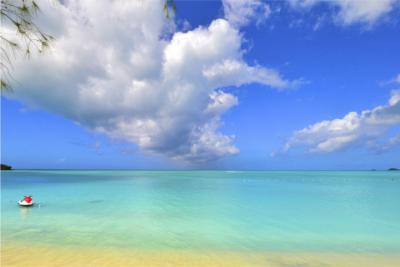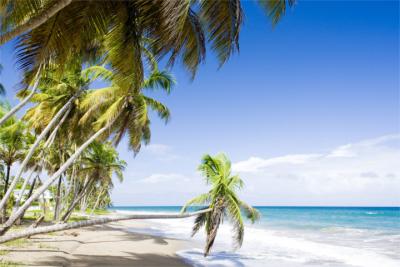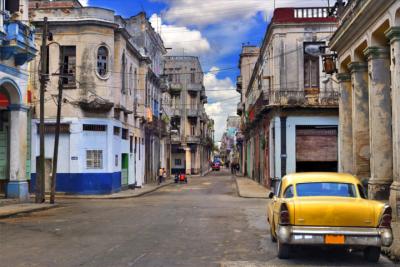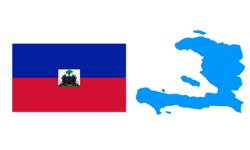Travel Offers
Travelmyne Featureprint
Distance
Haiti – Exotic Island Culture
Voodoo and naive paintings create an exotic atmosphere, which is still present in Haiti's culture. The island state's long, turbulent history has shaped the country decisively. You find testimonies of the African roots, the colonial rule of the French and the hard-won liberty everywhere. This particular mix makes Haiti an alluring travel destination.

Geography - A U opened toward the west
Haiti lies in the west of the Caribbean island Hispaniola and borders on the Dominican Republic in the east. Two elongated peninsulas give the country the form of a U which is opened toward the west. Most of the country is covered in mountains. The tropical climate causes warm temperatures all year. Furthermore, the nearby Gulf Stream heats the water up to 25 °C. Tortuga and Gonâve Island are the greatest islands belonging to Haiti.
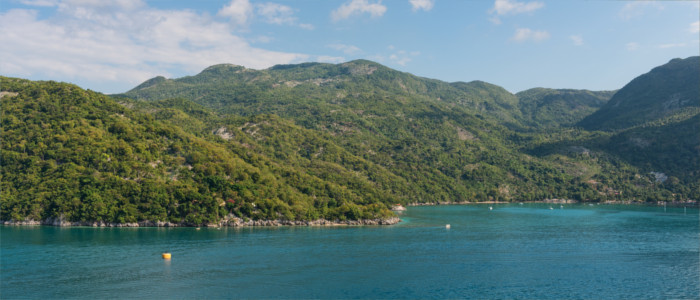
Nature - Mountains covered in forests, dry savannas and a fascinating underwater world
The mountains are covered in pine forests, grassy landscapes and low vegetation. The dry and moist savannas, on the other hand, contain cactuses and shrubs. Occasionally you find cedars, oaks and mahogany, while mangrove forest vegetate the coast. The seas around Haiti are characterised by their colourful Caribbean underwater world full of numerous fish and corals. The island is also home to crocodiles, iguanas and birds of prey.

Natural sights - The Pic la Selle allures visitors
Haiti's highest mountain, Pic la Selle (2,680 m) and the surrounding La Visite National Park are popular tourist attractions. The beach in Civadier in the country's south is worth a visit because it has a Tropical Garden and a bay which is lined by coconut palms. You can also experience Haiti's natural beauty on the drive from Jacmel to Cap Haïtien.

Culture - Known for its slave rebellions
From 1697 onward Haiti belonged to France under the name "Saint-Domingue" and became its richest colony. After a slave rebellion in 1791 a bloody war started, which ended in the country's independence in 1804. Haiti was the first colony which freed itself from colonial rule and abolished slavery. But this also ruined the country's economy, intensified by numerous internal political conflicts. Nowadays the country's culture with its mostly African roots is expressed in music and the typical Haitian paintings.

Cultural sights - Looking for Columbus' ship at Cap Haïtien
Buildings in different architectural styles dominate the picture in the capital Port-au-Prince. Among them you find beautiful cathedrals and historical villas. The Statue of the Unknown Slave in the metropolis reminds of the times of oppression and bloody rebellions. A worthwhile destination are the ruins of the Haitian version of Sanssouci Palace near Milot. The wreck of Columbus' ship Santa Maria is said to be located in the north, near Cap Haïtien.

Experience - Ideal for party-goers
Party-goers get their money's worth in Haiti. The entertainment ranges from casinos to performances of mysterious African drum music with expressive dances. You can dive into the vibrant life of the exotic island culture on markets like the Marina Market or the Marché de Fer in Port-au-Prince – and while you are there you can get typical souvenirs such as the well-known naive paintings, carvings, straw hats, necklaces or jewellery.

Activities - Going on beach holidays in the north
Tourists can indulge in holiday activities at the northern coast in Labadee. You can sunbath, swim, snorkel, canoe, surf, jet-ski or sip cocktails at the beautiful beaches with their rich underwater world.
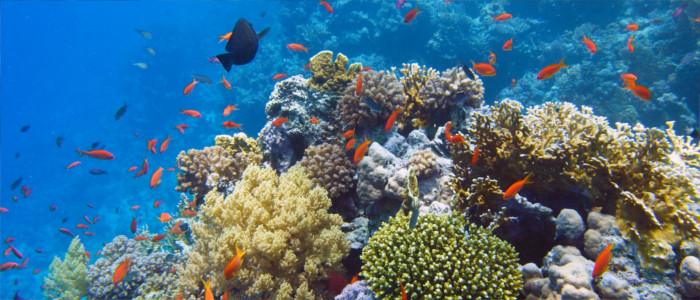
Information
You can arrive by plane at the airport in Port-au-Prince (PAP). French and Haitian Creole are the official languages. Haiti is considered the poorest country of the Western world. Furthermore, the state is repeatedly troubled by tropical hurricanes and earthquakes. Visitors are advised to inform themselves about current safety recommendations before they set out on their journey.
A trip to Haiti is a great way of getting to know the unique culture with its mix of African and French influences. The country displays native elements which tell of the island state's extraordinary past.


